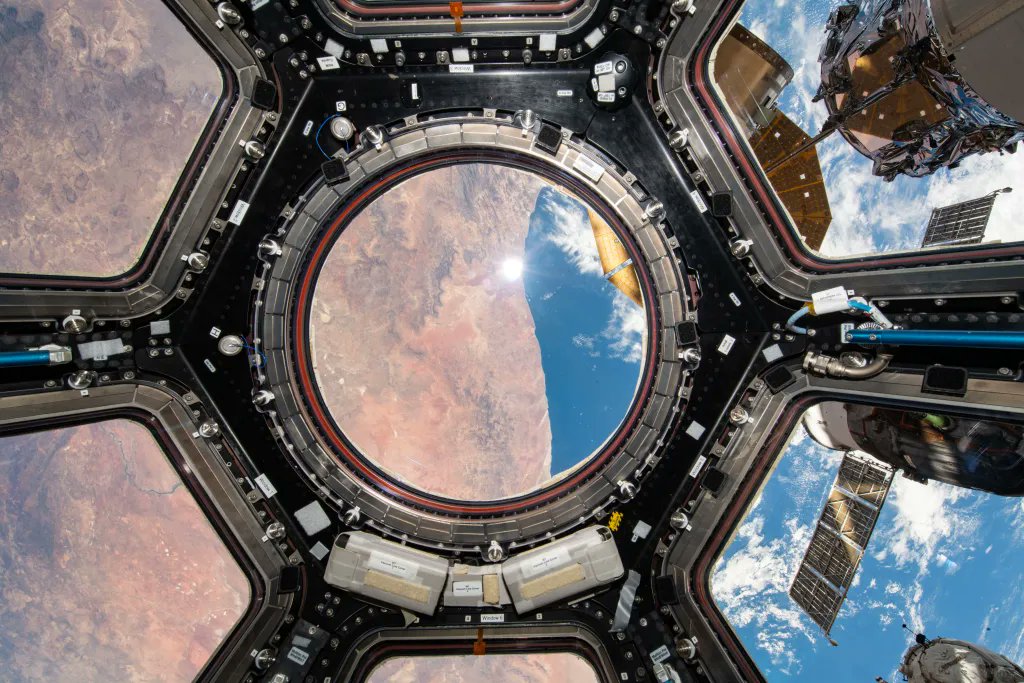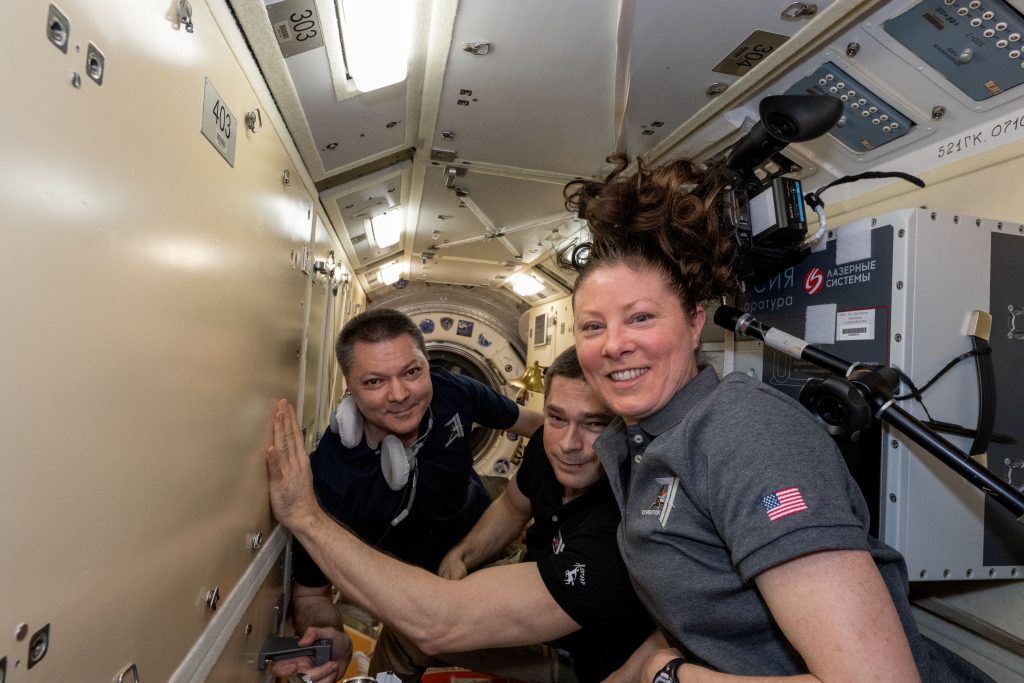
Expedition 71 continued microgravity research on Thursday as the crew spent the day on immunology work and space biology. Two crew members also worked on the orbital upkeep tasks that began earlier in the week.
Aboard the International Space Station, one investigation, Immunity Assay, takes a closer look at immune changes that happen in flight through the processing of biological samples. NASA Flight Engineer Matthew Dominick started the day by collecting samples for Immunity Assay, then NASA Flight Engineer Jeanette Epps processed and installed the sample tubes into Kubik. Understanding how the human body reacts to spaceflight is one step in ensuring spacefarers stay safe and healthy on future long-duration missions in low Earth orbit, to the Moon, and eventually, to Mars.
After immunology work wrapped, Epps moved into the Kibo Laboratory to assemble Hicari sample cartridges for upcoming operations. Hicari, an experiment led by the JAXA (Japanese Aerospace Exploration Agency), investigates high-quality crystal growth of semiconductors.
Meanwhile, Dominick worked with NASA Flight Engineer Tracy C. Dyson to charge and prep batteries and install data recorders in two spacesuits for a round of upcoming spacewalks this summer. The duo then spent the rest of the afternoon inside the station’s cupola, detailing and cleaning its seven windows.
In the Columbus Laboratory Module, NASA Flight Engineer Mike Barratt collected water samples from the water processing tank, then spent the day extracting and sequencing DNA from the samples to identify bacteria and fungi as part of the GiSMOS investigation. Characterizing microbial communities in the water system is critical to sustaining the health of crew members and vehicles on future missions aboard the orbiting complex.
Human health research continued in the Roscosmos segment as two cosmonauts—Oleg Kononenko and Nikolai Chub—spent part of their day donning a device that assesses cardiovascular function in microgravity. Chub then reconfigured some of the cameras used by crewmembers in space and practiced his piloting techniques during a Pilot-T session, while his crewmate, Alexander Grebenkin, completed some maintenance in the Nauka module.
On Earth, NASA, Boeing, and ULA (United Launch Alliance) teams continue working toward the agency’s Boeing Crew Flight Test to the International Space Station. The teams are targeting launch no earlier than 4:43 p.m. EDT Tuesday, May 21. For more information, please visit the Crew Flight Test blog.
Learn more about station activities by following the space station blog, @space_station and @ISS_Research on X, as well as the ISS Facebook and ISS Instagram accounts.
Get weekly updates from NASA Johnson Space Center at: https://roundupreads.jsc.nasa.gov/
Get the latest from NASA delivered every week. Subscribe here: www.nasa.gov/subscribe




